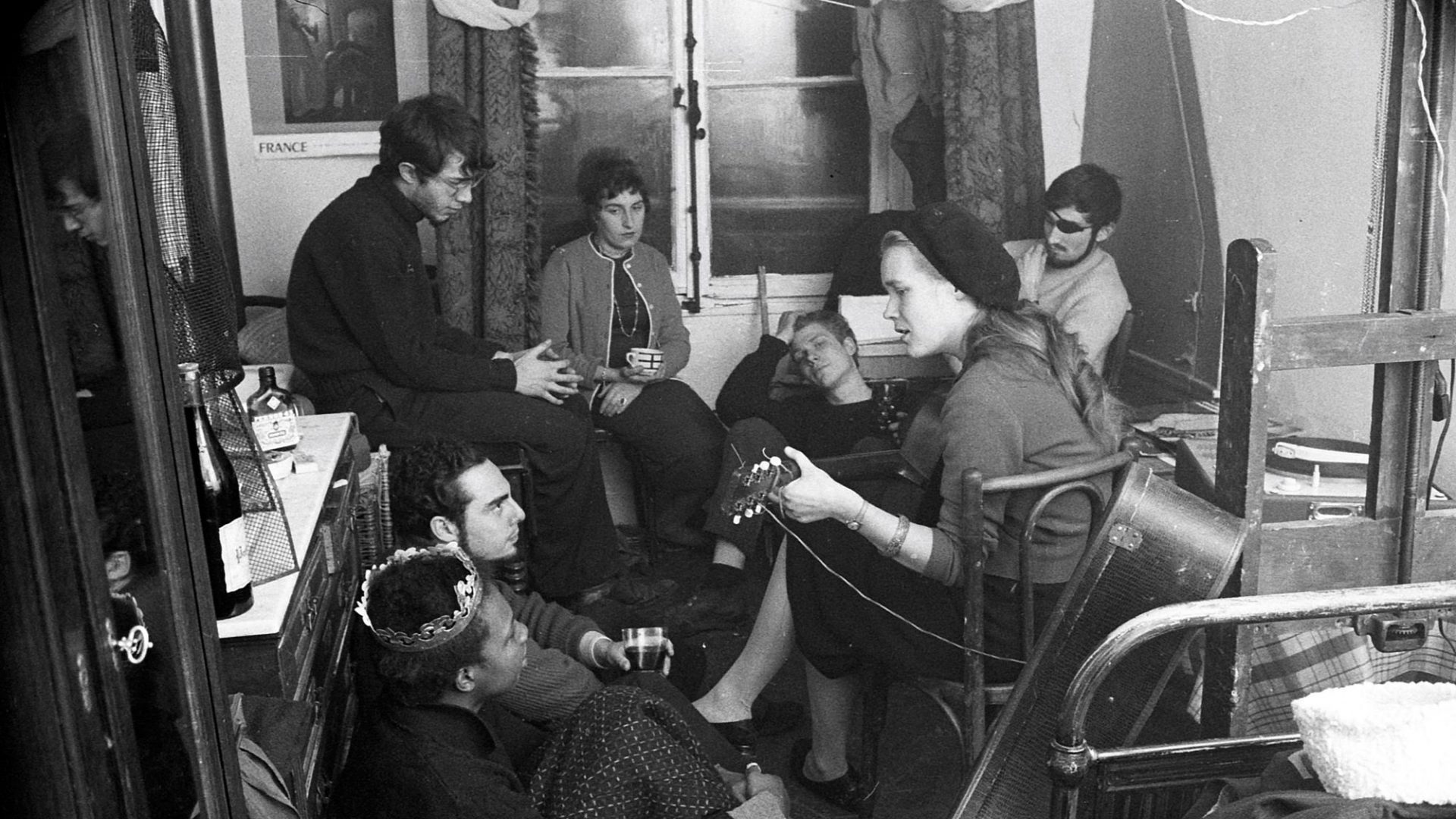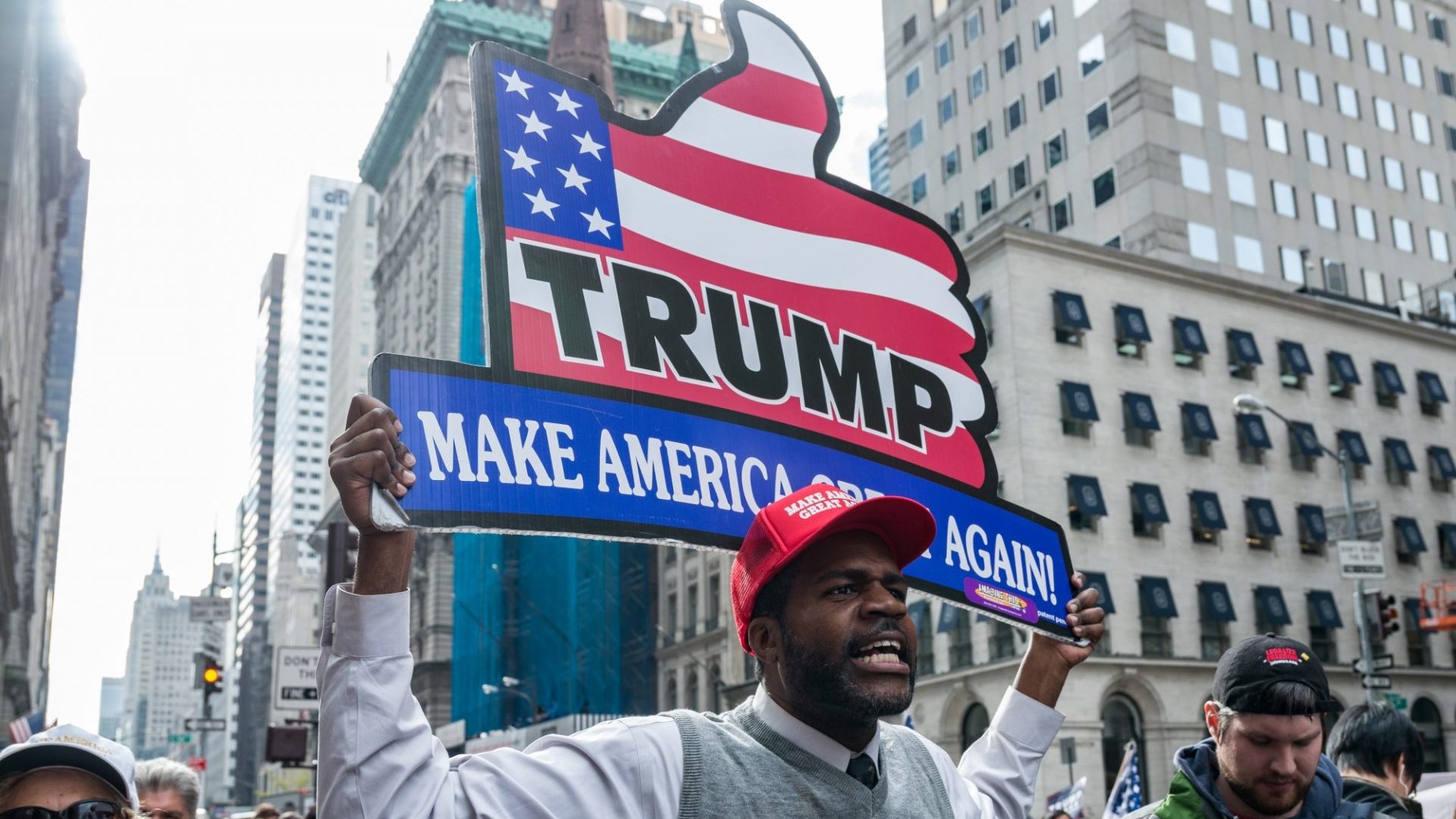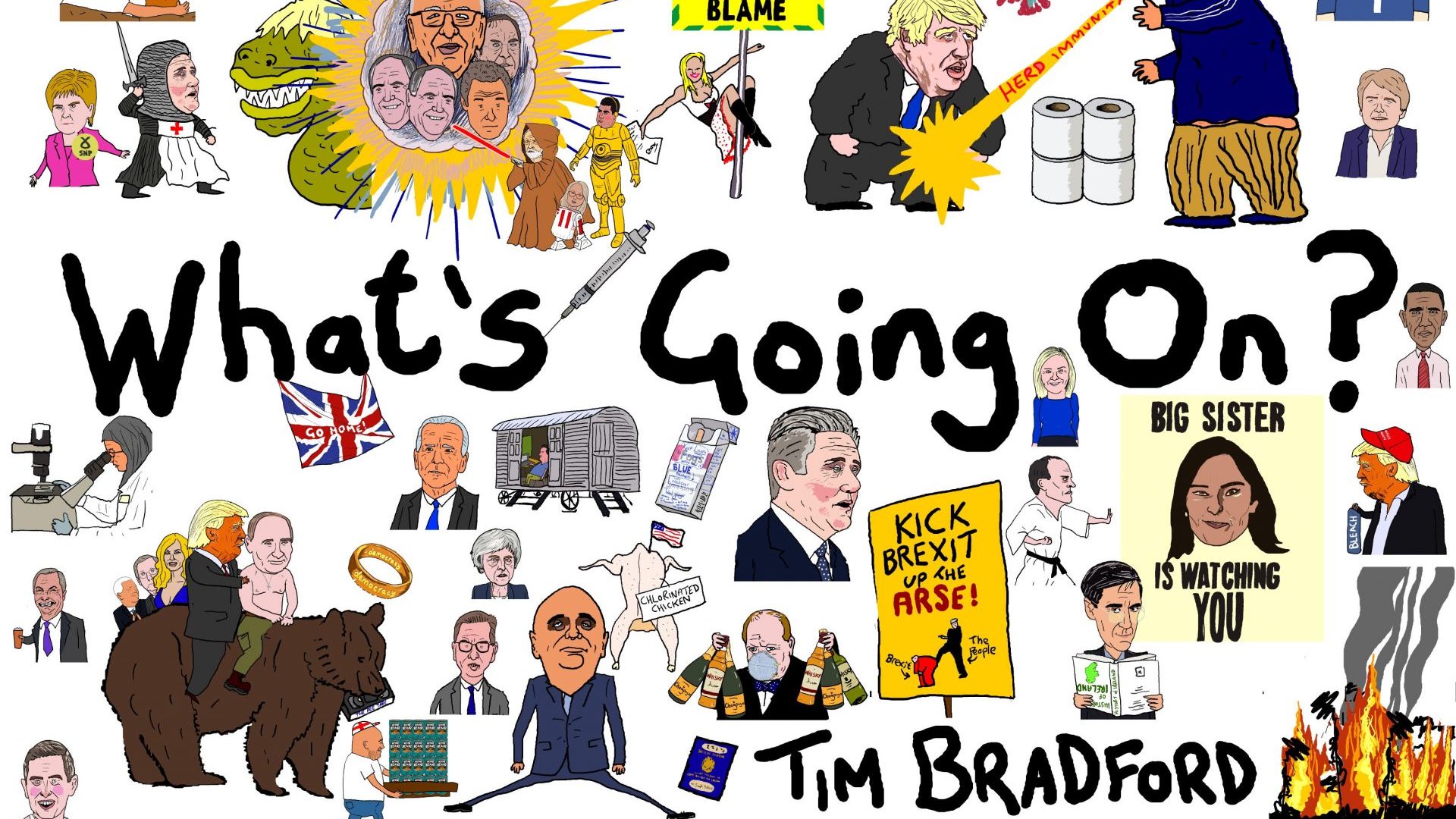The hotel at 9 Rue Gît-le-Cœur in the Latin Quarter was not the fanciest in Paris. In fact it was one of the very worst. Located in a neighbourhood of laundries, Chinese restaurants and frame makers, the hotel’s rating put it among the most basic lodgings available in the city – so basic, in fact, that for much of its existence the hotel itself didn’t even have a name.
Bed linen was changed only once a month and the hotel had a single bath, shared between its 42 rooms, which had to be booked in advance and the hot water paid for on top of the monthly rent, which was $30.
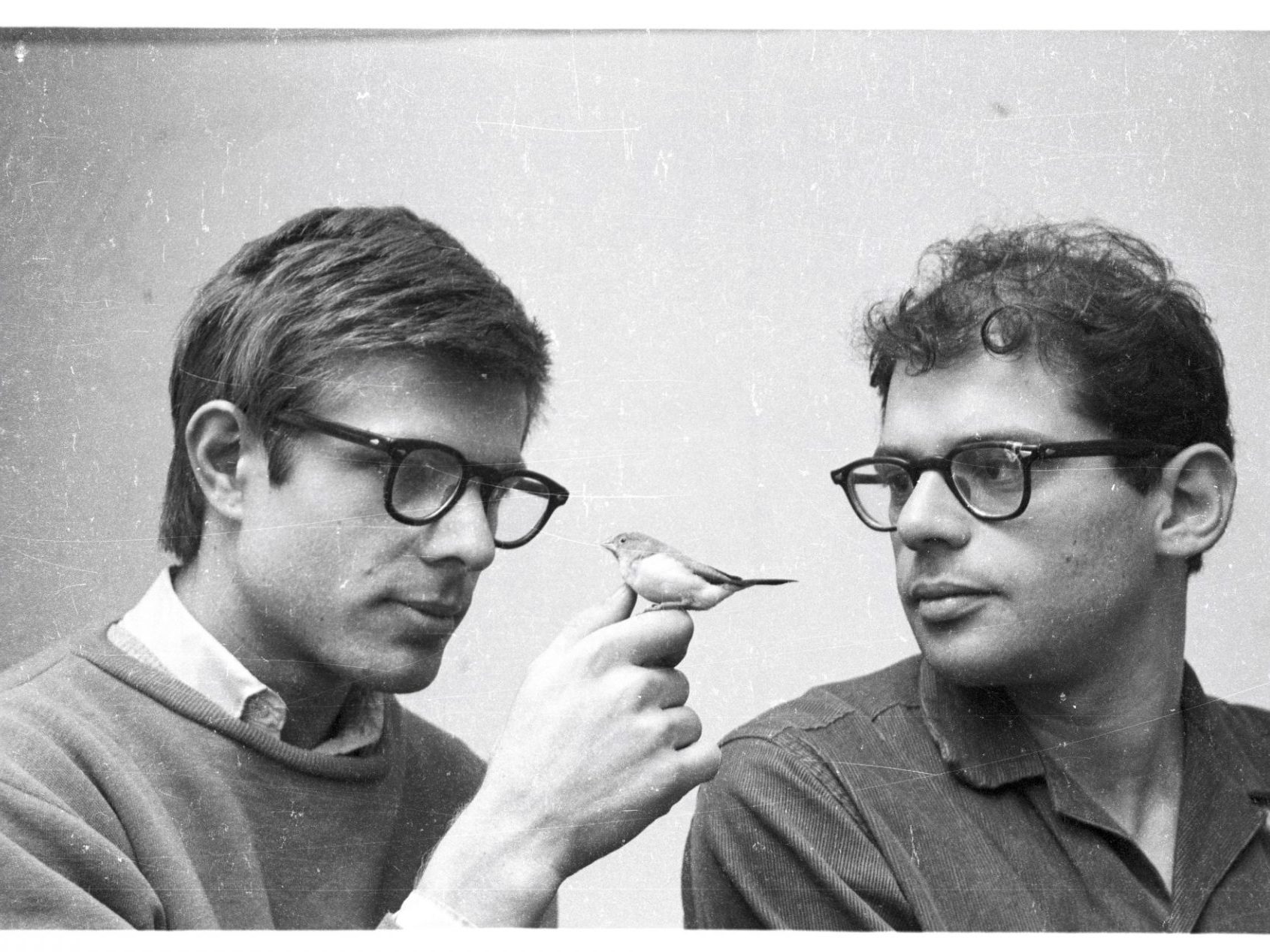
And yet, throughout the 1950s and 60s, the fleapit became a gathering point for members of the Beat Generation. Escaping an obscenity trial for Howl, Allen Ginsberg stayed at the hotel, as did William Burroughs, who finished Naked Lunch with the help of Jack Kerouac while drinking at the downstairs bar. Burroughs entered the orbit of painter Brion Gysin, using his technique of cutting up and reassembling artworks to reconstruct the texts of The Soft Machine and The Ticket That Exploded. As Ginsberg worked on Kaddish, Gregory Corso – in the attic room – completed Bomb, a poem in the shape of a mushroom cloud. It was a time of extraordinary creativity, often accompanied by copious drug-taking.
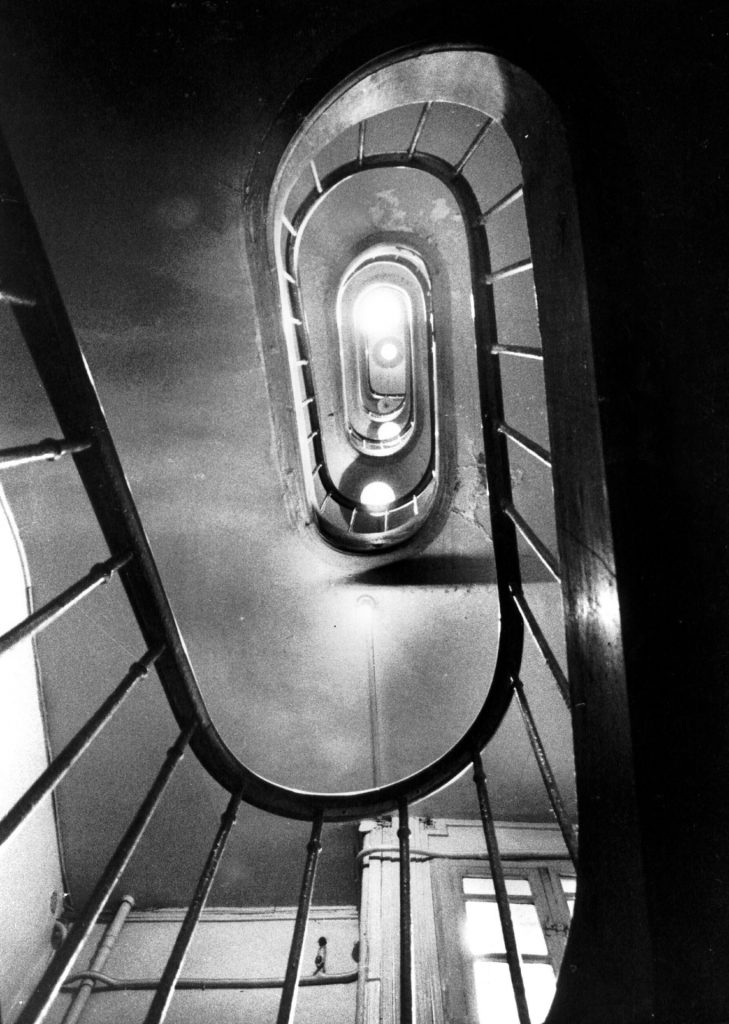
Artists, poets and stragglers moved in, all of them welcomed by landlady Madame Rachou. She encouraged them to decorate their rooms, which artists found appealing. If tenants were unable to pay their rent, she would happily take a painting or manuscript in lieu of money. The place attracted so many artists that it soon earned a nickname – The Beat Hotel – and a local magazine reported it was now “impossible to get into unless you know the key people, say the right things, carry a canvas under your arm”.
One who stayed throughout the 1950s and 60s was English photographer Harold Chapman, who had been photographing London weddings before heading to Paris in search of more artistically stimulating subject matter. Chapman took a huge number of photographs of the hotel and its inhabitants, living there on and off for over a decade.
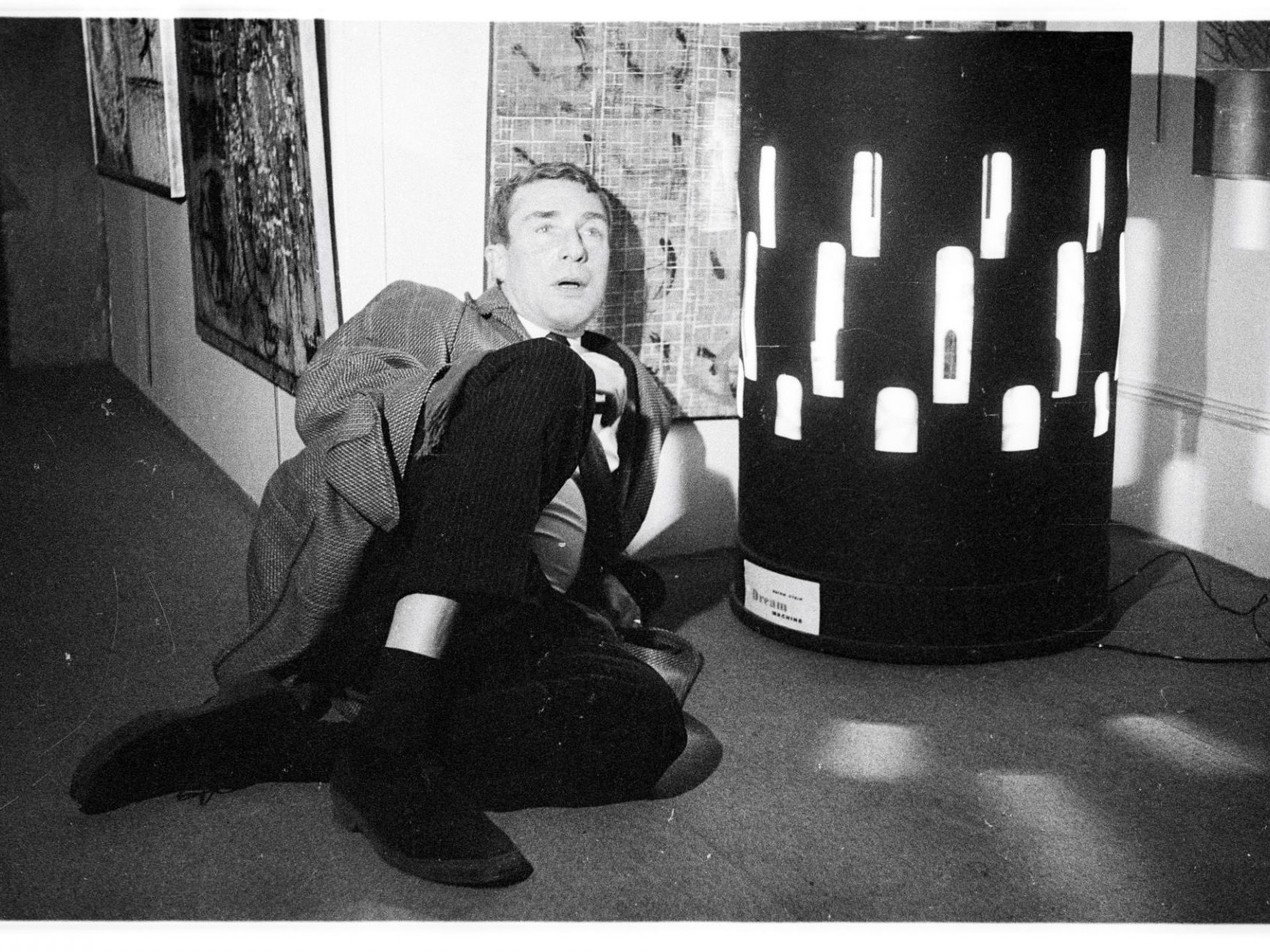
Brought up in Deal, in Kent, Chapman had little education, and in his own words, “ran away from every school I ever went to.” As for his craft, he said: “I studied photography just by doing it.”
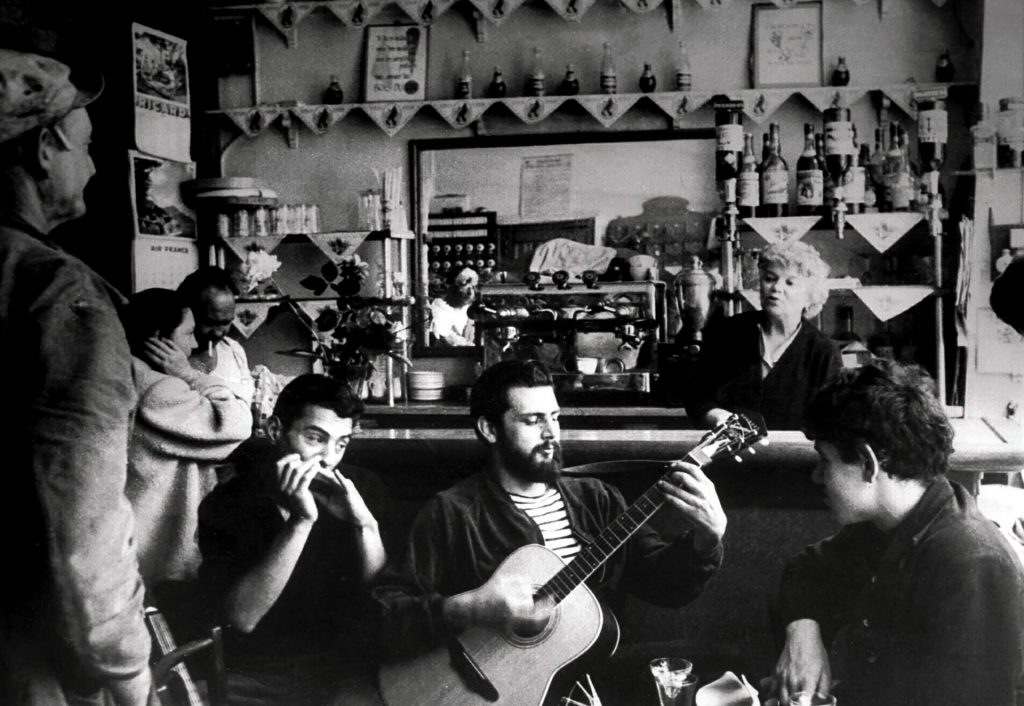
He became known for his portraits of 1960s London, but particularly for his images of the Beat Hotel and its inhabitants, some of which are shown here. The Hotel closed its doors in 1963 and Madame Rachou retired. Chapman was the hotel’s final remaining guest. He died last August at the age of 95.

